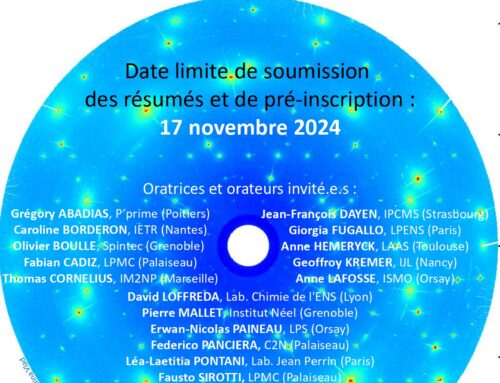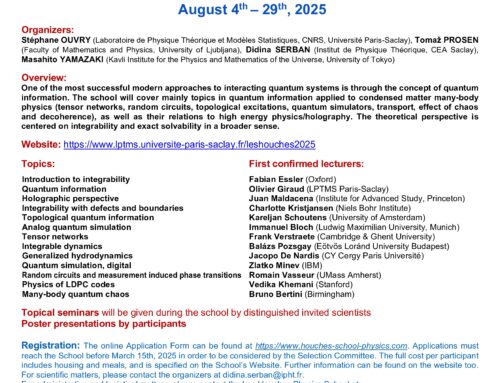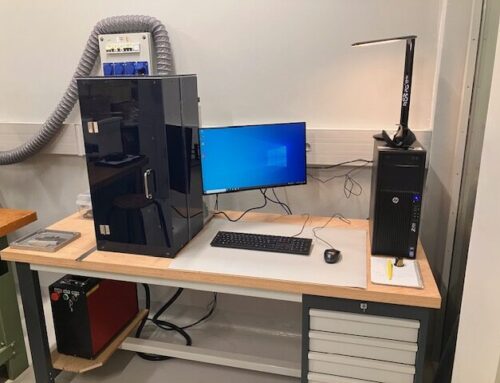Abstract : We have studied the formation of ultracold RbSr molecules with laser pulses. After discussing the advantages of the Mott insulator phase for the control with pulses, we present two classes of strategies. The first class involves two electronic states. Two extensions of stimulated Raman adiabatic passage (STIRAP) for multilevel transitions are used: alternating STIRAP (A-STIRAP) and straddle STIRAP (S-STIRAP). Both transfer dynamics are modeled and compared. The second class of strategies involves only the electronic ground state and uses infrared (IR) and terahertz (THz) pulses. The molecular bond is first created by the application of a THz chirped pulse or π-pulse. Subsequently, the molecules are transferred to their rovibrational ground level using IR pulses. For this last step, different optimized pulse sequences that were obtained through optimal control techniques have been studied. The relative merits of these strategies in terms of efficiency and robustness are discussed with respect to the experimental feasibility based on present laser technologies.
Adrien Devolder 1 Michèle Desouter-Lecomte 2 Osman Atabek 3 Eliane Luc-Koenig 1 Olivier Dulieu 1
1 LAC – Laboratoire Aimé Cotton
2 ICP – Institut de Chimie Physique
3 ISMO – Institut des Sciences Moléculaires d’Orsay



